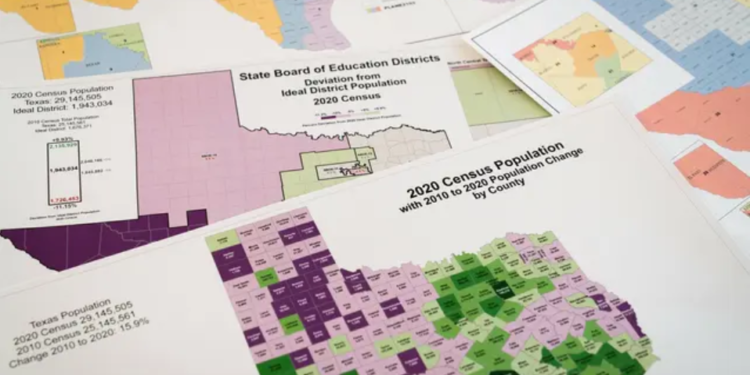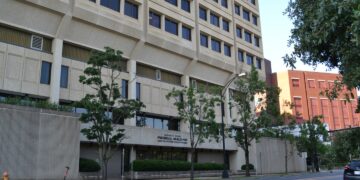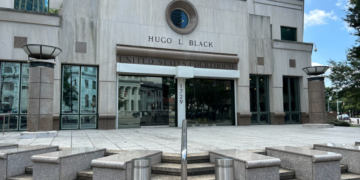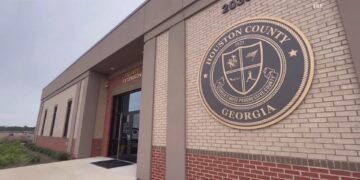July 10, 2025 Story by: Editor
Texas Gov. Greg Abbott has ordered state lawmakers back to Austin for a special legislative session beginning Monday, July 21, with redistricting as one of the central issues on the agenda.
The move comes amid mounting legal scrutiny of the state’s current legislative and congressional maps and increasing pressure from civil rights groups and courts to revisit boundaries drawn after the 2020 Census.
The governor said in a release that the session will tackle “legislation that provides a revised congressional redistricting plan in light of constitutional concerns raised by the U.S. Department of Justice.”
In a formal letter dated July 7, 2025, the U.S. Department of Justice’s Civil Rights Division warned Texas Governor Greg Abbott and Attorney General Ken Paxton that four congressional districts—TX-09 (Southwestern portion of the Greater Houston area), TX-18 (Inner city Houston), TX-29 (Eastern portion of the Greater Houston area), and TX-33 (Dallas County and Tarrant County)—violate the U.S. Constitution due to racially discriminatory redistricting practices.
The four congressional seats the DOJ warned Greg Abbott and Ken Paxton about are held by Black/Hispanic members: TX-09: Al Greene; TX-18: Sylvester Turner (now vacant); TX-29: Sylvia Garcia; TX- 33: Marc Veasy.
The DOJ contends that these districts are illegal “coalition districts,” designed using race as the predominant factor, which no longer meets legal standards under recent federal precedent.

Photo caption: A July 2025 letter from the U.S. Department of Justice warns Texas that congressional districts TX-09, TX-18, TX-29, and TX-33 may violate the Constitution due to race-based gerrymandering.
Citing the 2024 en banc ruling in Petteway v. Galveston County, the DOJ emphasized that “coalition districts”—where multiple minority groups or a minority group with white crossover voters are combined to meet voting thresholds—are not protected under the Voting Rights Act. The letter also invokes the Supreme Court’s decisions in Allen v. Milligan and SFFA v. Harvard, underscoring that race-based redistricting must be narrowly tailored and temporary, not a permanent means of shaping political maps.
The DOJ urged Texas to rectify these violations by realigning the districts to comply with constitutional standards, warning that failure to do so would prompt legal action under the 14th Amendment. Officials gave the state until July 7, 2025, to respond with its intent to address the issue.
This legal pressure coincides with Governor Abbott’s recent call for a special legislative session on redistricting, adding further urgency and national attention to the state’s already controversial political boundaries.

Photo caption: The DOJ cites Supreme Court precedent in urging Texas to revise four congressional districts it says were drawn using unconstitutional racial criteria. (Photo courtesy of NPR)
Why Redistricting Is Back on the Table
Texas’ existing political maps, adopted in 2021, have faced multiple federal lawsuits alleging that they discriminate against voters of color—particularly Latino and Black Texans—by diluting their voting power in a state where nonwhite populations have driven most of the recent growth.
Despite a 2023 federal court ruling that allowed the current maps to stand temporarily, new challenges and recent U.S. Supreme Court guidance on Section 2 of the Voting Rights Act have reignited debate over whether Texas must redraw certain districts. The Department of Justice and multiple civil rights groups argue that several congressional and state legislative districts either pack or crack minority voters, undermining their ability to elect candidates of choice.
By calling a special session, Gov. Abbott has signaled a willingness—under pressure or otherwise—to reopen negotiations on how legislative and congressional lines are drawn, even though the state is not constitutionally required to redraw until after the 2030 Census.
Legal Context and Federal Pressure
Federal courts in Louisiana and Alabama have recently ordered the creation of new majority-Black congressional districts, citing Section 2 violations. Observers note that Texas’ case has striking similarities, especially in the Rio Grande Valley, Houston, and parts of Dallas-Fort Worth, where population growth has not translated into proportional representation for Latino or Black voters.
Some political analysts view Abbott’s move as a preemptive effort to avoid a court-mandated redraw by acting through the legislature first. Others suggest it’s an attempt to consolidate political control by reshaping districts ahead of the 2026 midterms, while Republican majorities still dominate both chambers.
What to Expect During the Session
Legislators are expected to debate revisions to both the congressional map and state House and Senate districts. While the official agenda includes other topics—such as flood mitigation and THC regulation—redistricting is widely anticipated to dominate the session’s early days.
Democrats and civil rights organizations are already preparing proposals aimed at increasing minority representation, including the restoration or creation of additional opportunity districts in key regions. Republican leaders have not yet indicated whether they will support significant changes or seek only modest revisions to minimize court intervention.
Next Steps
The special session will begin at 12:00 p.m. on July 21, 2025, and could last up to 30 days. If lawmakers fail to adopt revised maps, federal courts could step in before the 2026 election cycle, which begins with primary filing in November.
With Texas poised to play a central role in national elections—and with its shifting demographics under national scrutiny—the outcome of this session could shape political power in the state for the rest of the decade.
Source: Texas Tribune / The Hill

















